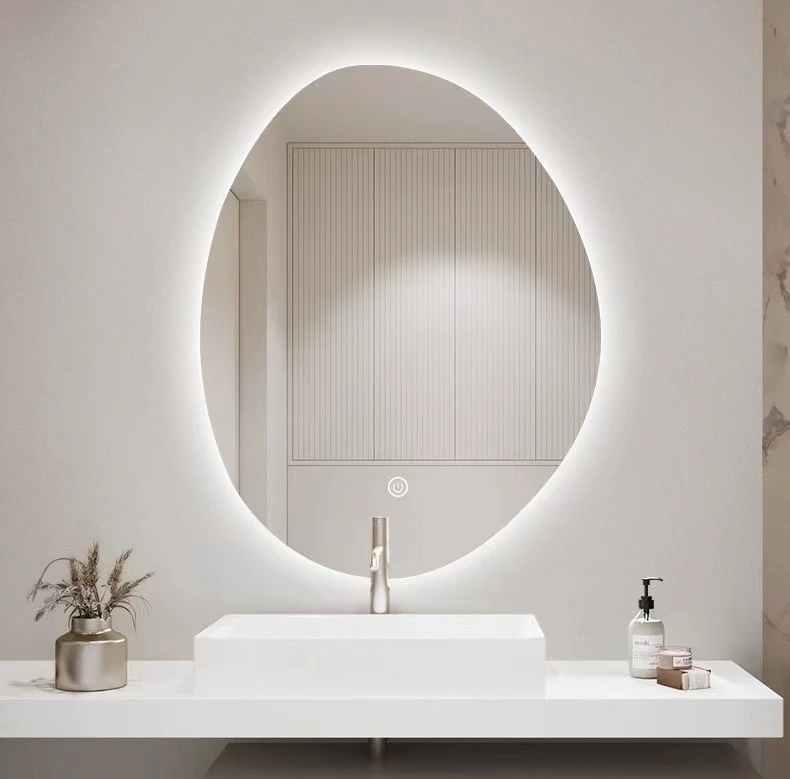

The Advantages of Low Iron Tempered Glass
In the realm of architectural design and modern construction, materials play a crucial role in determining the aesthetic appeal and functional efficiency of a building. Among these materials, low iron tempered glass has emerged as a popular choice for both residential and commercial projects. Characterized by its remarkable clarity and strength, this type of glass offers a multitude of benefits that make it a preferred option for architects and builders worldwide.
Low iron tempered glass is designed to minimize the presence of iron oxide, which is responsible for the greenish tint commonly observed in standard glass. By reducing the iron content, low iron glass achieves an ultra-clear appearance, allowing for a more accurate transmission of natural light. This inherent clarity enhances the visual connection between indoor spaces and the surrounding environment, making it an ideal material for facades, windows, and skylights. As a result, spaces featuring low iron glass feel more open and inviting, creating an ambiance filled with natural light and a sense of spaciousness.
In addition to its aesthetic benefits, low iron tempered glass exhibits exceptional strength and durability. The tempering process involves heating the glass to high temperatures and then rapidly cooling it, which increases its resistance to impact and thermal stress. This means that low iron tempered glass can withstand extreme weather conditions, making it suitable for various climates. Its ability to endure high levels of stress without breaking enhances the safety and security of buildings, reducing the risk of shattering under pressure.

Another significant advantage of low iron tempered glass is its energy efficiency. The clarity of this glass allows for better solar gain, which can contribute to passive heating during colder months. When combined with low-emissivity (low-E) coatings, low iron tempered glass can significantly reduce energy consumption by minimizing heat loss in the winter and preventing overheating during the summer months. This energy efficiency is not only beneficial for the environment but also leads to cost savings on heating and cooling bills for building occupants.
Moreover, low iron tempered glass is highly versatile and can be customized to meet various aesthetic and functional requirements. It can be manufactured in different thicknesses, sizes, and shapes, making it suitable for a wide array of applications, from curtain walls and balconies to interior partitions and shower enclosures. This adaptability allows architects to create unique designs that enhance the overall appeal of a building while maintaining structural integrity.
Integrating low iron tempered glass into architectural designs also promotes sustainability. As energy-efficient building practices become increasingly important, the use of materials like low iron glass demonstrates a commitment to sustainable construction. Its recyclability and the potential for reducing energy consumption align with green building standards, making it a responsible choice for environmentally-conscious projects.
In conclusion, low iron tempered glass stands out as an exceptional building material that combines aesthetic beauty, strength, energy efficiency, and versatility. Its ultra-clear quality enhances natural light, contributing to a vibrant and welcoming environment, while its durability and energy-saving properties make it a practical choice for a wide range of applications. As architects and builders continue to seek innovative solutions that marry design with function, low iron tempered glass will undoubtedly remain at the forefront of modern construction, transforming spaces and elevating the standard of living for occupants. Whether in skyscrapers, residential homes, or commercial spaces, the presence of low iron tempered glass is a testament to the evolving landscape of architectural design.